
10 minute read
George Waterman Chelsey: Sacramento and San Francisco Whiskey Dealer by Steve Abbott
George Waterman Chesley: Sacramento and San Francisco Whiskey Dealer
By Steve Abbott
Figure 18. Chesley Jockey Club envelope’s with image of horse and rider. “May I help you, Ma’am? How about a nice roll of red satin ribbon to fancy up that gorgeous hat you’re wearing? Oh, we just received a new bolt of blue gingham. It would make a real nice dress. Need to stock up on pins, needles, thread?” the young George Waterman Chesley, a dry goods clerk in Boston, might have asked a customer. gone like this, “That’s a nasty cough you’ve got there, son. How about trying Chesley’s Rock and Rye (Figure 1 & 2), a sure cure for consumption and a proven cure for coughs, colds, and all bronchial afflictions. Just got in 500 cases. Mostly sold out. I saved one back for a fella like you.”
No sooner had the twenty-seven year-old former “ribbon clerk” landed on the Pacific shore in 1849, than he became an entrepreneur in San Francisco, then for most of the rest of his life in Sac
Figure 1. Rock & Rye with girls, fragment from calendar.

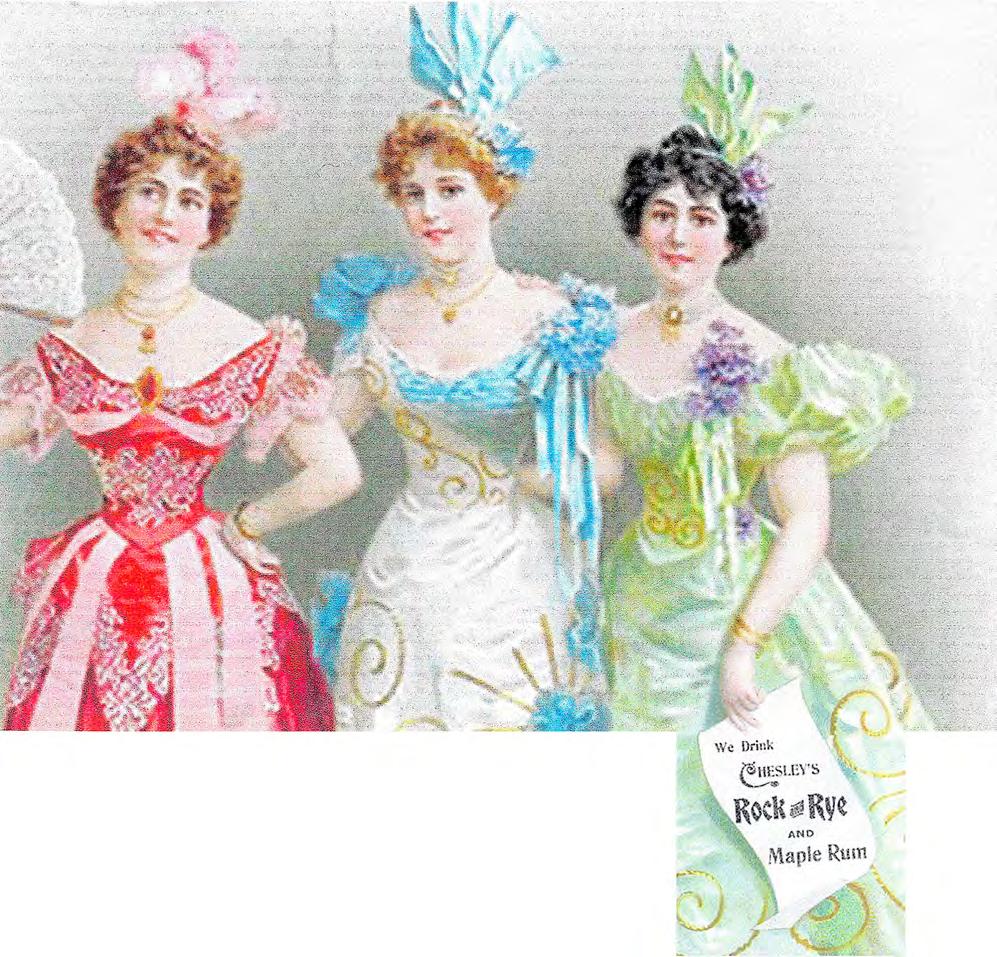
Mr. GEORGE W. CHESLEY, at 51 Front Street between J and K, sells the pure Rye whiskey and White Rock Candy which is a sure cure for consumption. This preparation is a distillation of selected Rye whiskey and pure rock candy and is having a wonderful run in the East .It has proven itself a sure cure for coughs, colds, and all bronchial afflictions. It is a delicious cordial and splendid appetizer which can be bought by the case or bulk. Why suffer from chills when the remedy is at hand? Remember the place, Bo. 51 Front Street between J and K, Sacramento. Figure 2. Rock & Rye ad from Feb. 7, 1880, probably San Raphael TOCSIN
ramento. He was born in Dover, New Hampshire on February 2, 1822. After his father died, he attended school in Lynn, Massachusetts for a year then moved to Boston to live with his sister. While there he met and married Alice Whipple in 1844. It’s unclear whether Alice accompanied him on his trip west or whether she came west by herself later. During his clerkship at a Boston dry goods store, he learned of the California Gold Rush and decided to embark, figuratively and literally, on a new career, though he couldn’t have been certain what that career would be. His decision to sail to parts unknown was fraught with uncertainty and danger, but latent with the possibility of wealth far beyond what a “ribbon clerk” might expect.

On February 5, 1849, he boarded the wooden sidewheeler steam ship Crescent City, newly built for the New York/ New Orleans’ trade in 1847 at the cost of $185,000 (millions in today’s money) but headed first for Chagres, Panama, an intermediary point between east coast ports and the trip around the “Horn” to San Francisco. Passage
was not cheap, well into the thousands, depending upon where one wanted to sleep. And if Alice accompanied him, double that expense. George must have had plenty of money left after paying for his or their passages because while waiting two months in Chagres for a ship that would take him to California, he engaged in an auction and ticket brokerage operation and presumably made more money. It takes money to make money.
After a two month wait, he boarded the Oregon, another steam powered sidewheeler and steamed around the Horn, then through the Golden Gate on June 13, 1849 and immediately entered the auction and commission business. In about ten months he left that business and headed for Sacramento where he engaged in livestock auctions. Unfortunately, this business, actually all businesses, came to a halt when the Great Conflagration of November 2, 3 1852 (figure 3) burned the city to the ground. Undeterred by this bump in his business career, George headed back to San Francisco and began to buy lots, subdivide them, and resell them, clearing, according to George, around $3,500 ($10 million today), and leaving a lasting legacy by naming a street after himself, Chesley Street, just off Harrison and under Interstate 80 (Figure 4).
The year 1854 found George back in Sacramento on Front Street in a wholesale grocery/ alcoholic spirits partnership with a retired capitalist John Bradley and fellow New Hampshirite A.J. Bryant, a future mayor of San Francisco. By 1856 George was the sole owner of the business and moved it one block east to its longest location at 51 Front Street next to the Booth Building, renumbered 1021-1023 after 1880 (Figure 5). From this location, probably from the 1870’s through the early 1880’s, as well as from his later 1873-78 run in San Francisco, he sold whiskey in embossed half-pint and pint picnic flasks (Figure 6), plus the rarer half-pint, pint, and fifth shoofly flasks (Figure 7), as well as the famed sixth


Figure 4. Chesley Street sign, San Francisco
Figure 6. Chesley picnic flasks


Figure 7. Chesley shoofly flasks
Figure 5. Chesley business on Front Street, Sacramento

Figure 9. Chesley stationery

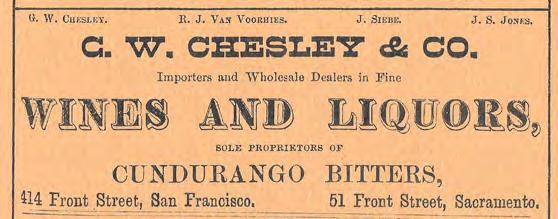
Figure 10. Chesley from San Francisco City Directory Figure 8. Chesley metal advertising sign

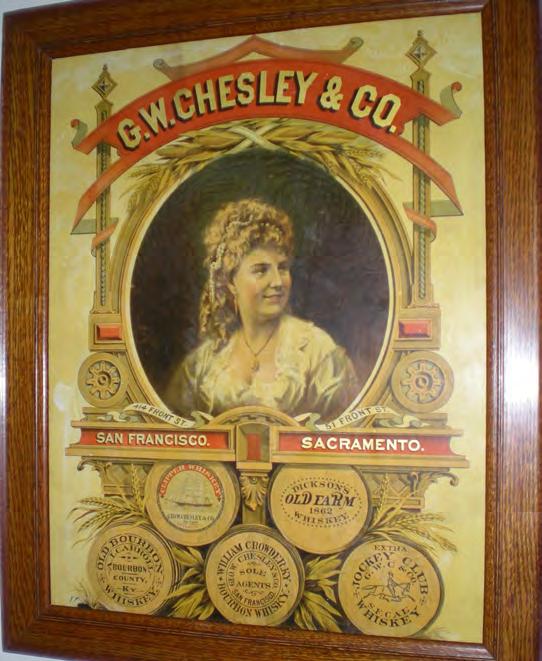
Figure 11. Chesley San Francisco and Sacramento envelope

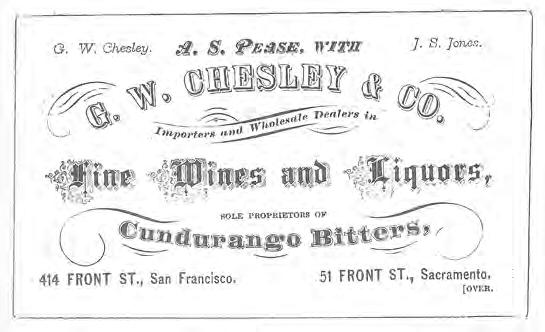
Though firmly planted in Sacramento, George must have sensed the likelihood of expanding his business opportunities by opening a second branch of the liquor business at the location of his earlier success, San Francisco. (Figures 8,9,10,11) While keeping his thriving Sacramento operation running, in 1873-1878, he partnered in San Francisco with H.J. Van Voorhies, J. Siebe, and J.S. Jones in a liquor distributorship George Chesley and Company at 414 Front Street. George and his partners then hired away from Spruance & Stanley a top salesman A.C. Pease (figure12) to peddle their products.This short-lived agency gave birth to his bottle most treasured by whiskey collectors, the Jockey Club sixth (figure13), recently ensconced in the FOHBC Virtual Museum, but perhaps co-equal among the Chesley products with Condurango bitters for which George was the Sole Agent in the West. It is interesting to note that while George may or may not have had any continuing business connection with his former partner and fellow New Hampshirite A. J. Bryant, Bryant was the President of the Pacific Jockey Club, which provided horse racing at a San Francisco track. Bryant himself dabbled in the whiskey business on Front Street and had businesses at 518 and 614, bracketing Chesley at 414 Front. We know that Jockey Club Whiskey was distilled by M.J. Monarch in Owensboro, Kentucky between 1868 and 1920. So it is possible, though perhaps unprovable, that JOCKEY CLUB/ WHISKEY/GEO.CHESLEY/S.F. and the later CHESLEY’S JOCKEY CLUB/WHISKEY, a George Dierssen (successor to Chesley) brand had their West Coast marketing births from a connection between fellow New Hampshirites, old friends, former business partners,
Figure 14. Chesley’s house


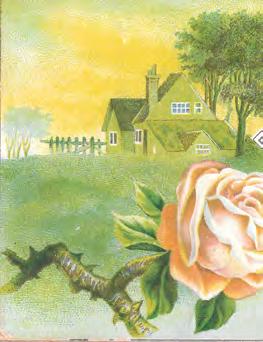
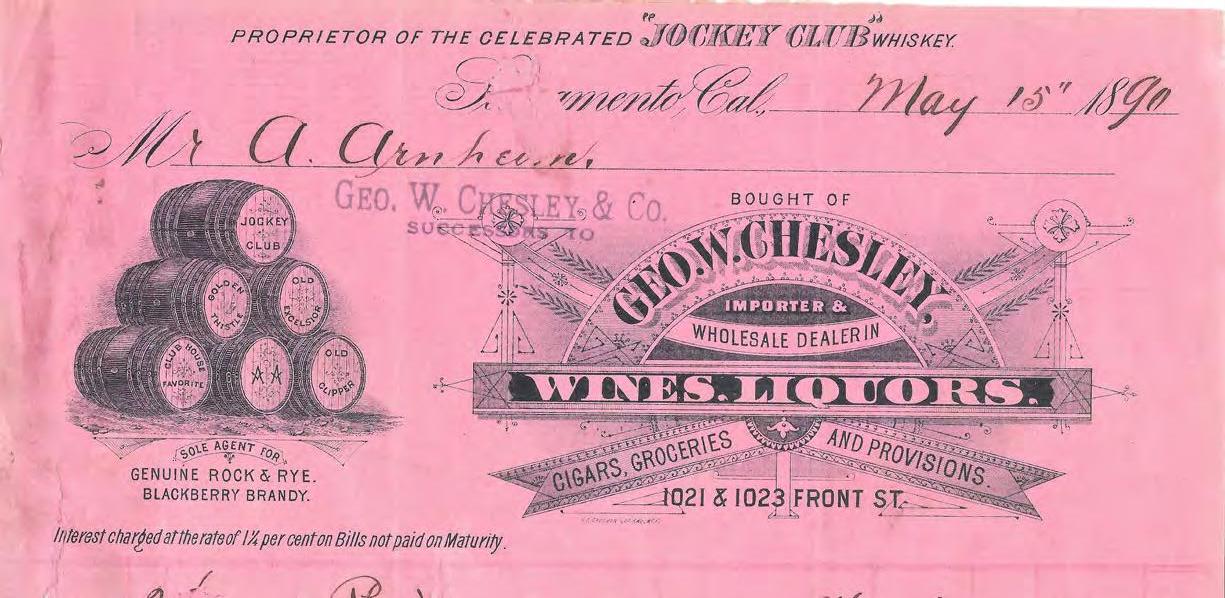
Figure 15. Chesley’s Sacramento billhead
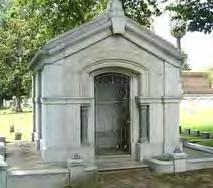
Figure 16. Chesley’s Mausoleum

one of whom was the 1873 newly elected president of the Pacific Jockey Club and George Chesley who coinci- dentally opened his San Francisco business the same year 1873 . A lot of speculation here, but what better brand of whiskey could have been served at the race track than Jockey Club? And what better way to spend part of his profit from the closed San Francisco business than upon his fulltime return to Sacramento building a spectacular house (Figure 14) on the southeast corner of 8th and J streets.
Since this is an article about George Chesley whiskey dealer, some of the other brands he sold need to be men- tioned to give scope on the breadth of his business. No particular order in this list (figure 15). William Crowder’s Bourbon, A.J. Carroll’s, Buck’s Old Homestead, Dick- son’s Old Farm. Dunn’s 1815, Woodward’s Old Reynolds Kentucky Rye, Club House, J. Hardings Pennsylvania Rye, Daly’s AA, J.S Jones Wheat Whiskey, W.H. Daly, Celebrated Condurango Bitters, Chas. Cranston, Oscar Pepper’s Old Crow, Old Century, J.A. Miller, Cather- wood, Cutter’s OK, J. Bumgardiner’s Rye, J.T Daly, Gilt Edge, Jockey Club, Golden Thistle, Old Excelsior, Club House Favorite, Old Clipper, Chesley’s Rock and Rye, Maple Rum, Boyd Bourbon, Beargrass Bourbon, Berry Bourbon, Begg’s Rye, Club House Rye, Club House Favorite Bourbon, Eagle Bourbon, Flannagan’s Old Bourbon, Freeport Old Rye, Reynold’s Rye, Redmond Bourbon, and Budweiser Beer, to name a few.
During his career, George served in a variety of civic roles. He was a Director and Vice-president of the Sacramento Street Railway System, President of the Sacramento Whiskey Dealers, head of the Committee at Large for an Inaugural Ball, was given the authority for laying down Sacramento gas lines in 1872, First Corporal in the Sutter Light Infantry, President of the Sacramento Society of California Pioneers, a member of Sacramento’s Improve- ment Society, a member of the Sacramento Water Com- mission, an active member of the Sacramento Fire Engine Company No.2, Chairman of Entertainment for the Sac- ramento National Encampment of the Grand Army of the Republic. And when the greatest Sacramento event of the time, the Flower Festival, an all day and night celebration of Margaret Crocker’s gift of her art museum and collec- tion to the city of Sacramento, who was the main speaker at the gifting? George Waterman Chesley.

Not only did George live in one of the fine Sacramento Victorian houses, he and his family are interred in one of the largest family mausoleums in Sacramento’s City Cem- etery (Figure16). The “ribbon clerk” from the small town of Dover, New Hampshire, had made his mark in two major cities in the rapidly growing State of California.
Credits for this article: Scott Abbott, Library of Congress, Jeff Wichmann, Richard Siri, Eric McGuire, Bill Hambrick, the Schwartz Collection, Sacramento Center for History, Rick Hall, Deborah Ondrica (library resources), B.J.Richmond (proof reader).

The National Bottle Museum Where history is the bottle!
Situated in the heart of Ballston Spa, New York is a museum whose mission is to preserve the history of our nation’s first major industry: Bottle making. Exhibits inside of the National Bottle Museum allow visitors to view thousands of glass bottles.

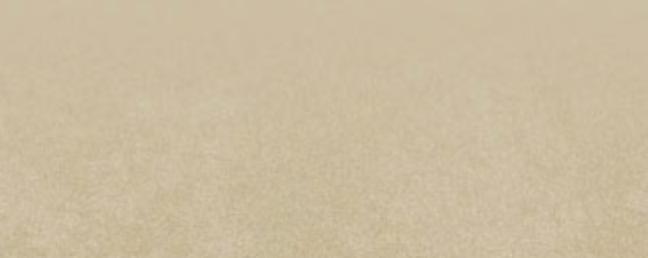
NationalBottleMuseum.org
National Bottle Museum 76 Milton Avenue Ballston Spa, NY 12020
518.885.7589
• Educational Resources • Scholarship Opportunities • Membership Benefits
www.nia.org
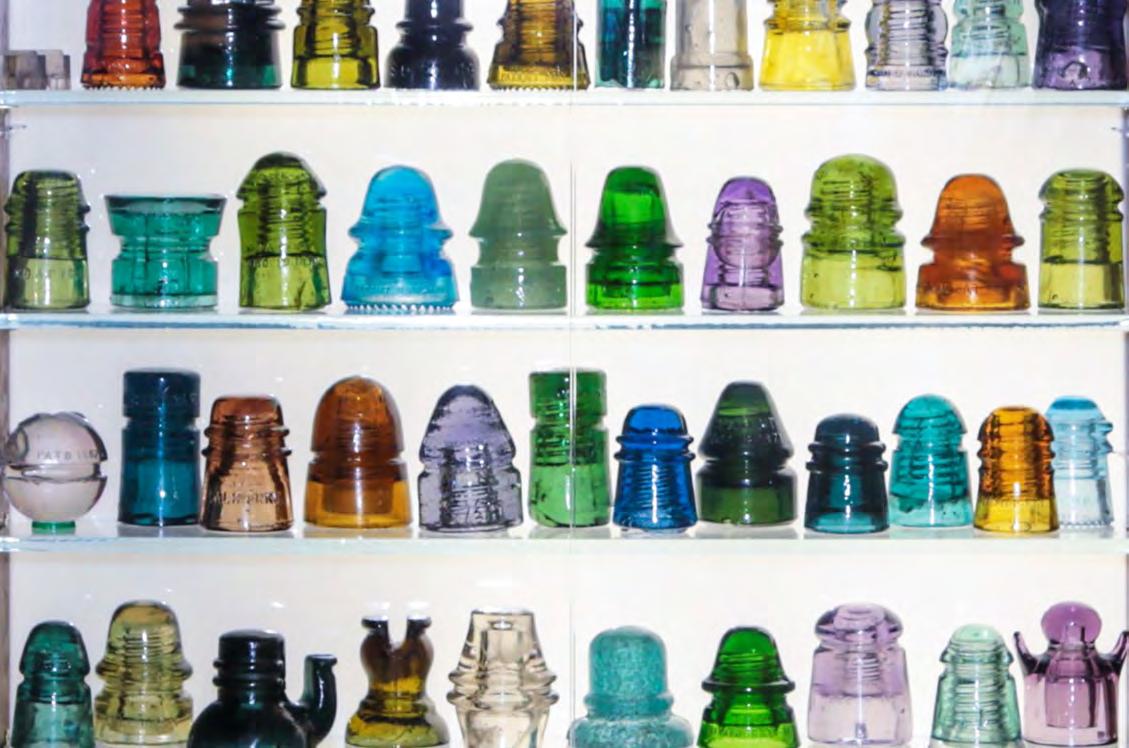
Request your free brochure: Email: information@nia.org Call: (949) 338-1404 Or write to: Christian Willis NIA Information Director P.O. Box 2797 • Parker, CO 80104








